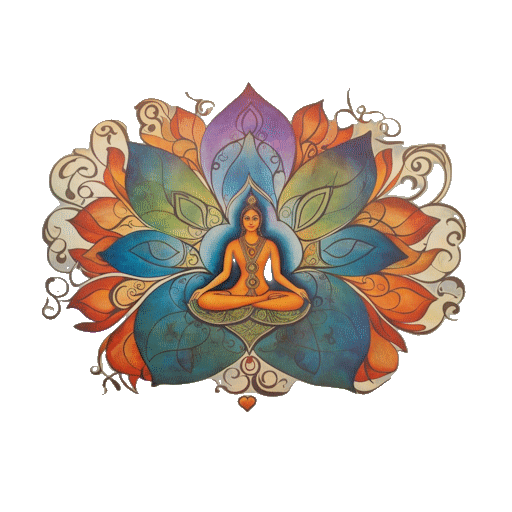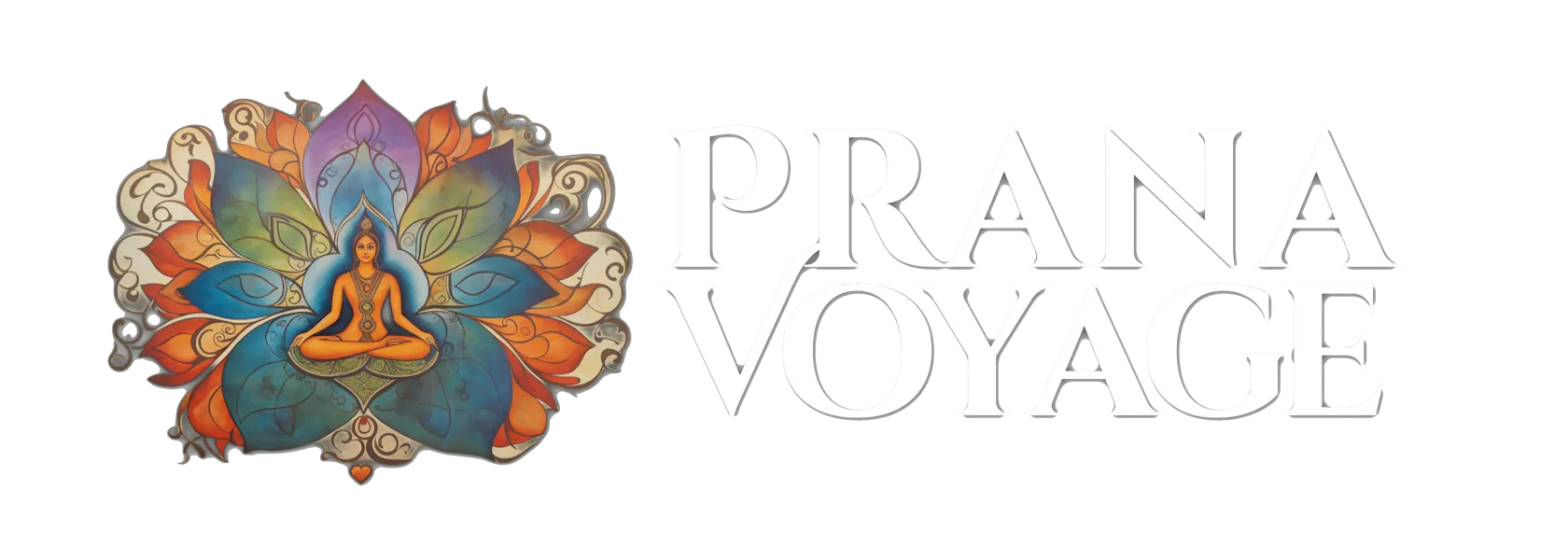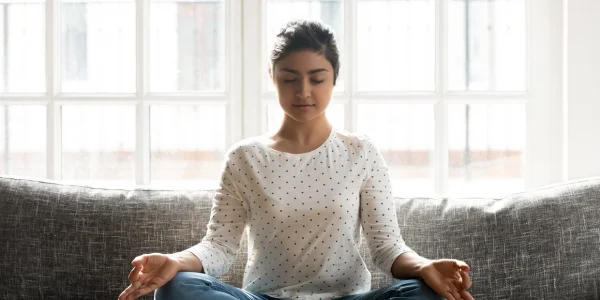In alternative healing, there’s a rhythmic, expressive, and deeply transformative method that has been resonating with individuals for decades: dance therapies. At the intersection of therapy, art therapy, and psychotherapy lies the world of dance, a medium that transcends words and taps directly into the soul’s language. Dance, in its many forms, has been a part of human culture for millennia, serving as a means of expression, celebration, and even mourning. But beyond its traditional roles, dance has emerged as a powerful therapeutic tool, offering a positive effect on both our health and well-being.
Key Takeaways
Dance therapies offer a unique blend of artistic expression and therapeutic benefits. As we delved into its world, several pivotal insights emerged:
- Holistic Healing: Dance and movement therapy addresses both the physical and mental aspects of well-being, promoting a balance between mind, body, and spirit.
- Universal Accessibility: Dance therapy is inclusive, benefiting diverse groups from older adults to children with autism spectrum disorders.
- Scientific Backing: Numerous systematic reviews and meta-analyses support the tangible benefits of dance therapy, from improving self-esteem to aiding social integration.
- Beyond Traditional Therapy: Dance therapies offer an added layer of expressive and non-verbal communication, allowing deeper emotional exploration.
- Empowerment and Expression: It provides a platform for creative expression, fostering confidence and self-awareness.
- Diverse Applications: Dance therapies are versatile, used in settings from rehabilitation centers to schools, addressing various challenges.
- A Growing Field: With organizations like the ADTA and pioneers like Marian Chace, dance therapy’s recognition and impact continue to grow.
What is Therapy?
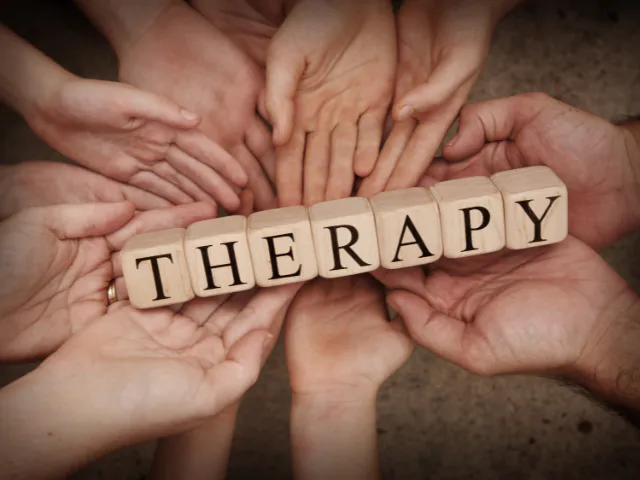
Therapy, in its broadest sense, is a means to heal, recover, and grow. It’s a journey of self-discovery, understanding, and transformation. But what exactly does it entail, and how does it fit into the larger picture of well-being and health? Let’s delve deeper.
The Essence of Healing
Dane movement therapy is more than just a series of sessions with a professional. It’s a process, a partnership, and a path to betterment. Here are some key insights:
- Definition: At its core, therapy is a structured interaction between an individual and a trained professional, aimed at addressing and resolving emotional, psychological, or behavioral challenges. It encompasses various forms, including psychotherapy, art therapy, and music therapy.
- Goal-Oriented: Therapy is not aimless. It’s directed towards specific goals, whether it’s overcoming trauma, managing stress, improving relationships, or fostering personal growth.
- Safe Space: One of the hallmarks of therapy is the creation of a safe, confidential environment where individuals can express themselves freely, without judgment.
- Evidence-Based: Good therapy is grounded in science. It employs techniques and strategies that have been researched and proven effective, ensuring that individuals receive the best care possible.
- Collaborative: Therapy is a two-way street. It’s a collaborative effort between the therapist and the individual, where both parties work together to achieve desired outcomes.
- Adaptable: Therapy is not one-size-fits-all. It’s tailored to meet the unique needs, challenges, and goals of each individual, ensuring that it remains relevant and effective.
In essence, dance therapies are powerful tools in the quest for mental and emotional well-being. Whether you’re facing life’s everyday challenges or grappling with deeper issues, therapy offers a supportive, structured, and evidence-based approach to help navigate the path to healing and growth.
Movement Therapy: The Bridge Between Body and Mind

Movement, an intrinsic part of human nature, has long been recognized for its restorative potential. Movement therapy, often interchanged with dance therapy, taps into this potential, using the body’s motion to foster emotional, cognitive, and physical integration.
The Role of Movement in Healing
- Understanding Movement Therapy: At its essence, it is the psychotherapeutic use of movement to promote emotional, cognitive, and physical healing. It’s not just about exercise; it’s about using movement as a medium to understand and communicate feelings and emotions.
- Body and Mind Connection: MT operates on the principle that the body and mind are interconnected. By addressing physical movement, one can tap into emotional and psychological states, bridging the gap between the conscious and subconscious.
- Benefits: It can help improve body image, enhance self-esteem, reduce stress, alleviate symptoms of anxiety and depression, and even aid in physical rehabilitation.
- Diverse Techniques: From authentic movement and movement analysis to specialized movement programs, there are various techniques within this style, each tailored to address specific needs and challenges.
- For Everyone: Whether you’re an athlete looking to improve performance, an individual recovering from trauma, or someone seeking a deeper connection with their body, MT has something to offer.
- Incorporating Dance: Dance, as a form of movement, plays a significant role. It’s not about perfecting steps but using dance as a tool for exploration, expression, and healing.
In summary, it is a holistic approach to healing, recognizing the profound connection between physical motion and emotional well-being. By tapping into this connection, individuals can find a path to deeper self-awareness, healing, and growth.
Dive into Dance Movement Therapy (DMT)

Dance Movement Therapy (DMT) is a specialized form of movement therapy that harnesses the power of dance to achieve self-improvement goals. It’s a dynamic interplay of rhythm, movement, and emotion, offering a unique approach to healing and self-expression.
The Birth of DMT
Dance, as an art form, has been a part of human culture for ages. However, its therapeutic potential was formally recognized and developed into a structured discipline in the mid-20th century. Here’s a brief overview:
- Origins: Dance Movement Therapy’s roots can be traced back to pioneers like Marian Chace, who recognized the curative potential of dance and began using it with psychiatric patients in the 1940s.
- American Dance Therapy Association (ADTA): Established in 1966, the ADTA has been instrumental in defining, promoting, and setting standards for the practice of DMT. It’s the leading organization in the field, offering certifications, training, and resources for professionals.
- Philosophy: DMT is based on the premise that body movement reflects inner emotional states and that by changing or enhancing movement patterns, one can affect the psyche.
DMT vs. Regular Dance
While both involve movement to music, there are distinct differences:
- Purpose: Regular dance might focus on performance, technique, or social interaction. In contrast, DMT is centered on using dance as an aiding tool to address emotional, cognitive, and physical challenges.
- Setting: Dance movement therapy sessions are typically conducted in therapeutic settings, led by trained DT’s. These sessions are tailored to the individual’s needs, ensuring a safe and supportive environment.
- Therapeutic Process: DMT is not about mastering dance techniques but about the psychotherapeutic use of movement. It’s a process where dance elements, such as rhythm, space, and force, are used to explore and express feelings.
- Role of the Dance Therapist: They are not just dance instructors. They are trained professionals who understand the nuances of human psychology, movement, and therapy. They guide the restorative process, ensuring that the individual’s goals are met.
In essence, the effects of dance and movement therapy offer a unique blend of art and therapy, providing individuals with a medium to explore, express, and heal. Whether you’re dealing with emotional trauma, seeking self-awareness, or looking for a holistic approach to well-being, DMT offers a dance-filled path to healing.
You Might Also Like:
The Psychological Benefits of Dance
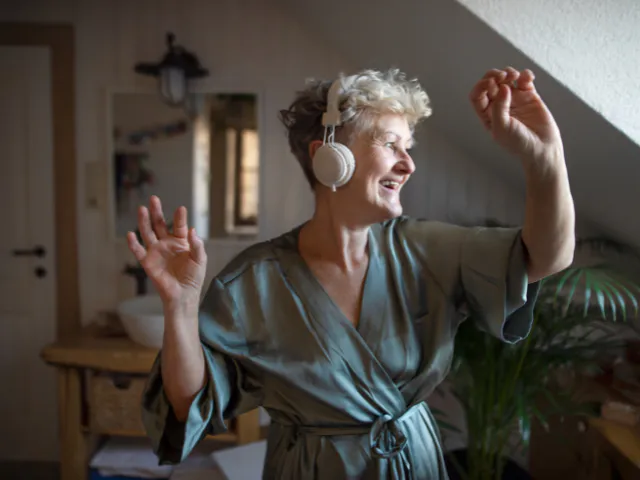
Dance, often seen as a form of entertainment or artistic expression, holds profound psychological benefits that extend beyond the dance floor. It’s a medium that touches the soul, heals the mind, and uplifts the spirit.
Dance and Mental Health
Dance offers numerous mental health benefits:
- Emotional Release: Dance allows individuals to express and release pent-up emotions, serving as an outlet for feelings that might be difficult to articulate verbally.
- Stress Reduction: The rhythmic movements in dance can induce a meditative state, helping to reduce cortisol levels and alleviate stress.
- Improved Self-esteem: Mastering dance moves, expressing oneself, and the sheer joy of dancing can boost confidence and self-worth.
- Enhanced Body Image: Dance fosters a positive connection with one’s body, promoting acceptance and appreciation of one’s physical self.
- Cognitive Benefits: Dance, especially when it involves learning choreography, can enhance memory, attention, and spatial awareness.
- Social Connection: Group dances or dance classes foster social interaction, helping to combat feelings of loneliness and promoting a sense of community.
- Therapeutic Healing: For individuals dealing with trauma or psychological disorders, dance can be a pathway to healing. The non-verbal expression in dance can help in processing traumatic experiences.
- Mindfulness and Presence: Dance requires one to be in the moment, promoting mindfulness and a heightened sense of presence.
Research, including systematic reviews and meta-analyses, has consistently highlighted the effects of dance therapy on mental health, underscoring its potential as a beneficial tool. From improving mood in older adults to aiding children with autism spectrum disorders, the psychological benefits of dance are vast and varied.
Soundcore Anker Space Q45 Adaptive Active Noise Cancelling Headphones
The Role of a Dance Therapist
The transformative power of dance therapy is largely driven by the expertise and guidance of dance therapists. These professionals bridge the world of dance and therapy, facilitating sessions that harness the therapeutic potential of movement.
Qualifications and Training
- Education: They typically hold a master’s degree in dance/movement therapy or a related field. This education provides them with a foundation in both dance and psychological principles.
- Certification: Many countries or professional associations, like the American Dance Therapy Association (ADTA), offer certifications. The BC-DMT (Board Certified Dance/Movement Therapist) is a recognized certification in the field.
- Skills: Beyond formal education, they possess a unique set of skills. They have a keen understanding of body movement, are empathetic listeners, and are adept at facilitating supportive sessions.
- Continuous Learning: The field of dance therapy is ever-evolving. DT’s often engage in continuous learning, attending workshops, conferences, and training to stay updated.
Responsibilities and Roles
They wear multiple hats, playing various roles in the guidance process:
- Facilitator: They guide sessions, ensuring that individuals feel safe and supported as they explore movement.
- Observer: A significant part of dance therapy involves movement observation. Therapists analyze body movements, postures, and expressions to gain insights into an individual’s emotional state.
- Counselor: Beyond dance, therapists provide emotional support, helping individuals process feelings, challenges, and traumas.
- Educator: DT’s often work in group settings, educating participants about the benefits of dance and movement.
- Collaborator: In settings like rehabilitation centers or hospitals, they collaborate with other healthcare professionals, ensuring holistic care for patients.
Whether you’re considering a career in this field or seeking therapy, understanding the role they play is pivotal to appreciating the depth and impact of dance therapy.
Conclusion – Dance Therapies
Dance therapy, with its rhythmic embrace and therapeutic essence, stands as a testament to the profound connection between movement and emotion. As we’ve journeyed through its world, from its origins to its benefits, one thing becomes clear: dance is not just an art form; it’s a powerful medium for healing, self-expression, and transformation.
The beauty of dance therapy lies in its accessibility and inclusivity. Whether you’re a seasoned dancer or someone who’s never danced before, the therapeutic space welcomes all, offering a safe haven to explore, express, and evolve. With the guidance of trained professionals, individuals can tap into the depths of their emotions, finding clarity, relief, and empowerment.
FAQ
What is the difference between DMT and regular dance?
While both involve movement, DMT is a therapeutic practice focused on emotional, psychological, and physical healing. Regular dancing, on the other hand, might focus on performance, technique, or social interaction.
How can I find a qualified dance therapist?
Organizations like the American Dance Therapy Association (ADTA) have directories of certified dance therapists. Additionally, seeking recommendations or checking with local therapy centers can be helpful.
Are there any side effects of dance therapy?
Dance therapy is generally safe. However, like any therapeutic practice, it’s essential to communicate any physical or emotional discomfort to the therapist.
How often should one engage in dance therapy for effective results?
The frequency varies based on individual needs. Some might benefit from weekly sessions, while others might attend bi-weekly or monthly. It’s best to consult with a dance therapist for personalized recommendations.
Is dance therapy suitable for all ages?
Yes, dance therapy can benefit individuals across all age groups, from children to older adults. The sessions are tailored to suit the age, physical ability, and therapeutic needs of the participants.
Do I need to have dance experience to benefit from dance therapy?
No, dance therapy is not about mastering dance techniques. It’s about using movement as a medium for therapy. Individuals with no dance background can equally benefit.
How does dance therapy differ from other creative arts therapies like music or drama therapy?
While all creative arts therapies use art forms for therapeutic purposes, dance therapy specifically harnesses movement and dance. Music therapy might focus on sound and rhythm, and drama therapy on role-playing and storytelling.
Can dance therapy help with specific conditions like anxiety, depression, or PTSD?
Yes, dance therapy has been effective in addressing a range of psychological conditions, including anxiety, depression, PTSD, and more. The non-verbal expression in dance can help process and heal emotional traumas.
